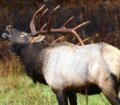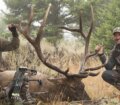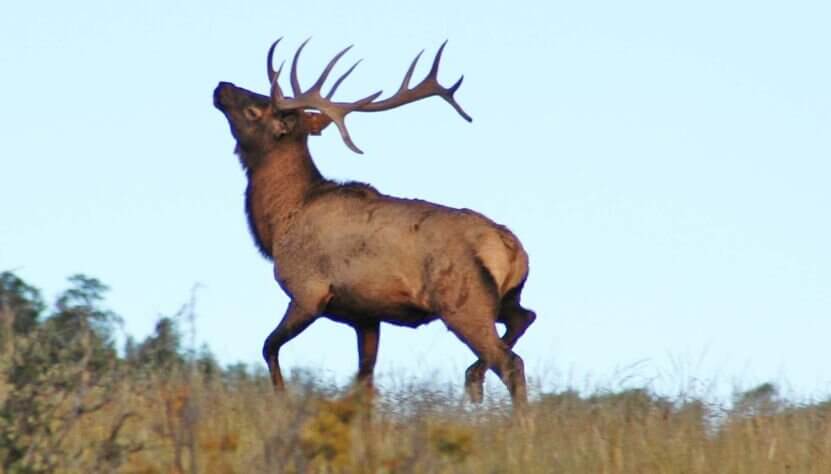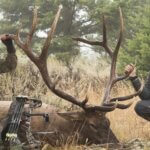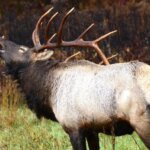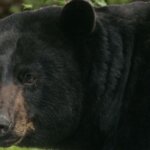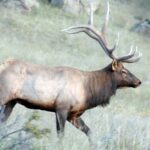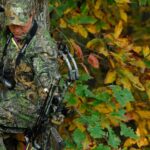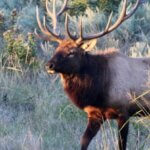Editor’s Note: Outdoorsman Bear Kelly was mentored as a trapper in 1996 by the late Dick Kirby, the creator of Quaker Boy Calls in Orchard Park, New York. Bear is primarily a bowhunter, but he hunts with a gun, a muzzleloader, and a crossbow. He’s hunted in Montana, Wyoming, Colorado, New York, Ohio, Pennsylvania, Alabama, Tennessee, and Canada.
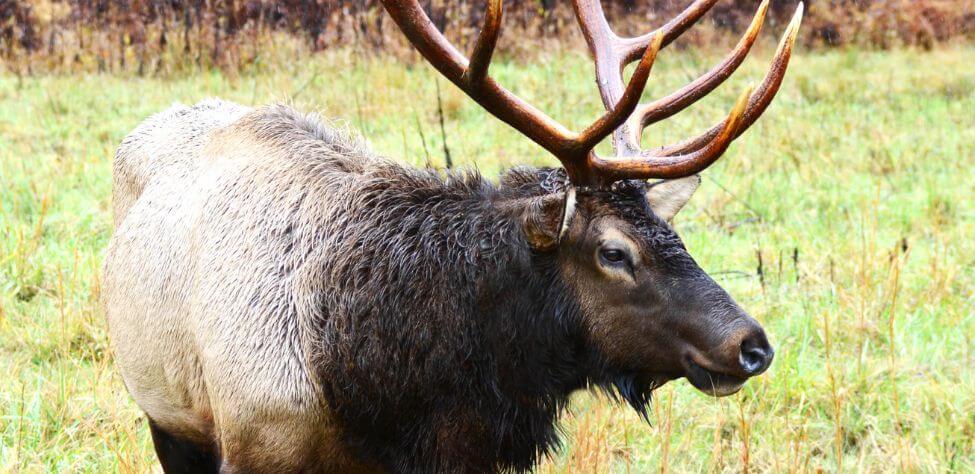
For me, the most crucial element in preparing to hunt during bow season is to be scent-free. If a deer can smell you, he’s not coming in and presenting a shot. I realize that other bowhunters may have different opinions, but that’s what I believe.
- Boots – I start with my feet. Since I believe that rubber boots are more scent-free than any other type of boot, I always buy rubber boots that are one size larger than what I usually wear. Rubber boots hold a scent inside them better than any other boot texture. I’ve tested several different types of boots, and if I walk in a boot for a day and can smell my human odor outside the boot, then I know that the boot isn’t keeping my foot odor inside the boot. To fit the larger boots, I put an extra innersole inside to take up the space between my foot and the boot, making the boot more comfortable when I walk.
- Binoculars – Next, I always check my binoculars to ensure the lenses are clean because I use my binoculars often when I’m hunting. I choose Swarovski binoculars, although I know other companies in the marketplace make quality binoculars. However, my Swarovski binoculars have always performed well for me.
- Bow – Most of this preparation takes place a week or two before the season, but I’ll start checking my bow and practice shooting in May before fall hunting season. I’ll check all my cables and ensure my string is in good shape and waxed. Then I check the alignment of my rest to be sure it’s how it’s supposed to be because I have not upgraded my bow in years. Today, I’m shooting Mathew’s Heli-M. I love this bow; it’s been good to me, and I’ve never found a reason to give it up. The bow is comfortable to carry and is very accurate. It holds its accuracy at distances of more than 30 yards.

I not only hunt deer, I also hunt big game like elk, mule deer, bears, and caribou. If I’m hunting elk, I know that I can make a lethal hit at 70 yards if there’s no wind, but I don’t advocate anyone taking a shot at that distance. The reason I practice at 70 yards is that at that distance, any mistake I may make in form will be amplified. Then, I can correct it in practice. If I’m dead-on at 70 yards, a 50-yard shot will be even more accessible, and a 30-yard shot will be no problem. Also, I always check my sight pins because they can get broken, bent, or moved, which can cause me to miss an animal. I like to mark where each pin is on my bow. When hunting, I carry extra sight pins with me because I’ve marked where each pin should be on my bow, according to yardage. If anything happens to a pin, I can take the bent or broken pin off my sight, put a new pin in the same place, and continue my hunt without having to resight in my bow.
I check my limbs to make sure they aren’t cracked or delaminated. I also check my risers for cracks, which can happen. In May, my son Zachary and I started shooting bows to get ready to hunt. I start by shooting 30 arrows a day, and I continue to work and shoot until I’m shooting 50 arrows a day. Once I’m confident that my bows and arrows are shooting as accurately as possible, two or three weeks before bow season arrives, I may only shoot ten arrows at different distances.

How to Hunt and Take Big Buck Deer on Small Properties
In this book, you’ll hear from 14 hunters who either have gained permission or leased properties as small as six acres to as much as 250 acres, and how they consistently take older-age-class bucks off these little lands.
VERSIONS: AUDIBLE, KINDLE & PRINT

Jim Crumley’s Secrets of Bowhunting Deer
Using a black magic marker and a gray work jumpsuit, Jim Crumley of Buchanan, Virginia, drastically changed the nature and purpose of hunting camouflage when he created the first sportsman’s camouflage – Trebark. Crumley’s love of bowhunting and his desire to be more invisible changed hunting clothing forever.
In this hunting guide, he shares the wisdom that he’s learned throughout his lifetime about how to be a hunter, how to find a deer lease, how to scout for deer, and more.
Special features include how to:
- Have a magic 60 acres to hunt
- Decide the best equipment to use
- Find deer year-round
- Locate land to hunt
- Know the best place to put your tree stand
- Get bucks within bow range
VERSIONS: AUDIBLE, KINDLE & PRINT

How to Hunt Deer Like a Pro
How do you know if the land you hunt has a trophy deer on it? Wildlife manager Bob Zaiglin, of Uvalde, Texas and Jim Crumley, the father of modern-day hunting camouflage, tells you how to find out. GPS can make finding and taking that trophy buck easier. This hunting guide will teach you how to hunt big bucks where no one else can find them, how to call deer, and how to become versatile as a deer hunter, so that if one deer tactic doesn’t work, another one will.
In the chapter, “How to find Bucks at Scrape,” Dr. Keith Causey, retired professor of Wildlife Science at Auburn University, describes the best way to hunt a scrape.
Brad Harrison of Neosho, Missouri, is a nationally-known videographer, professional deer hunter and master at calling deer. Another master is Will Primos of Primos Game Calls. These two experts will tell the best deer calls and when to use them in this book.
And for over 20 years, Bo Pitman, lodge manager of White Oak Plantation, has been studying deer movement patterns. He explains what types of conditions are best for predicting deer movement.
VERSIONS: AUDIBLE, KINDLE & PRINT

Deer hunting and deer hunters are drastically changing each year. To learn new techniques for hunting deer and have more places to hunt, I’ve interviewed some of the best deer hunters in the nation and share their tactics in How to Hunt Deer Like a Pro: Volume II.
In Chapter 10, Jacob Lamar tells you his tactics for consistently taking older-age-class bucks on public lands in several states. Chapter 11, Bob Walker explains how to find places on public lands where you can hunt that 99 percent of the other hunters never have considered hunting. The Bonus Chapter with David Ramey tells you how, where, when and with what equipment to take big Kansas bucks on public lands by hunting in 100-degree weather when others won’t hunt.
Chapter 13, Mark Drury, his family and his guests take mature bucks every season by having more small places to hunt rather than one large property. Drury explains the strategy of having satellite farms to hunt that only may be 50-150 acres each or less. Chapter 15, Pat Reeve, who hunts far-northern states and Canada, says, “I don’t like hunting for mature bucks until the weather is 20 degrees or less.” Chapter 4, Dr. Larry Marchinton says that funnels are the most-reliable stand sites to hunt for big bucks and tells why.
VERSIONS: AUDIBLE & PRINT
Tomorrow: Getting in Shape to Hunt Deer

